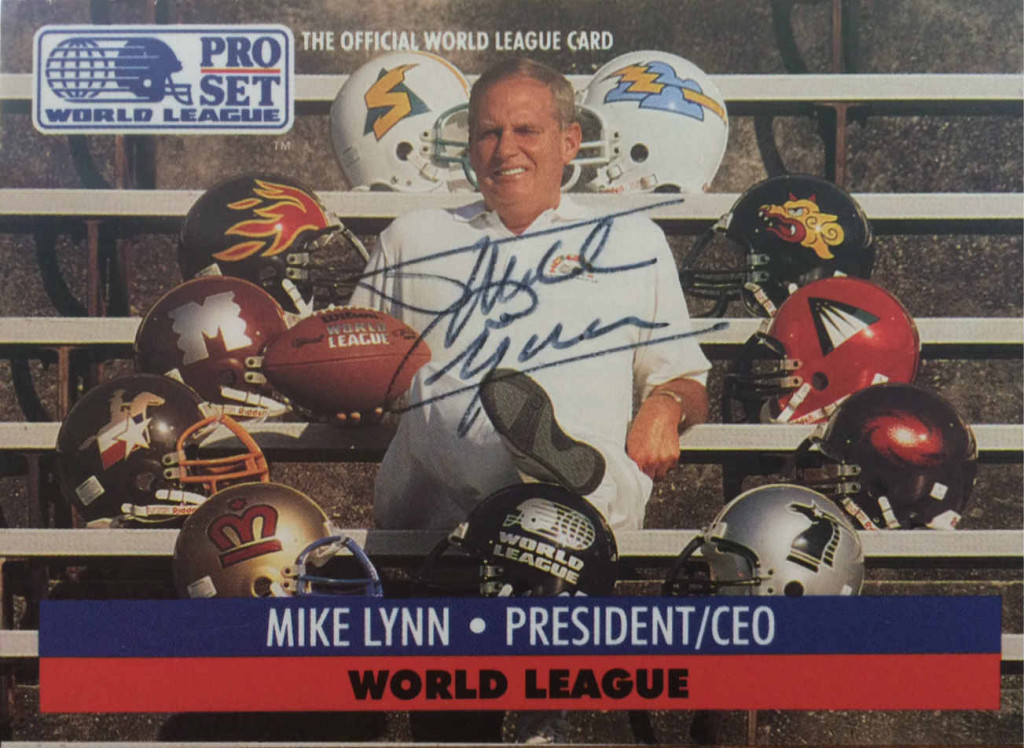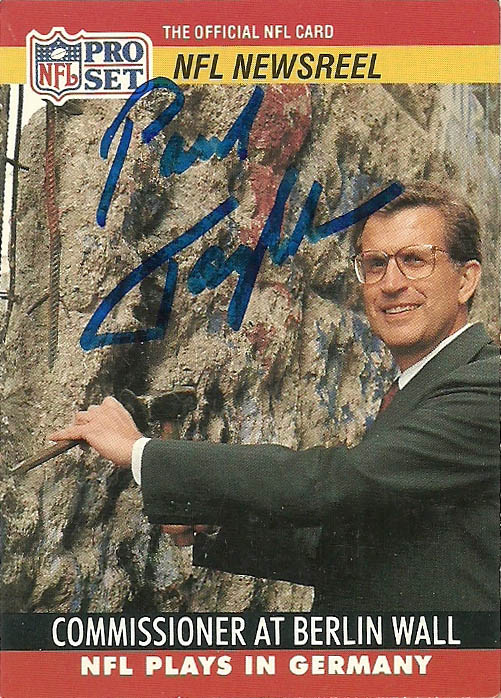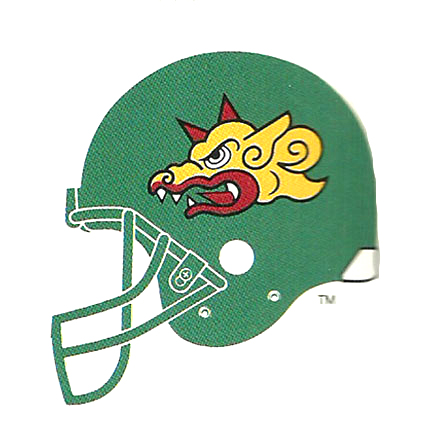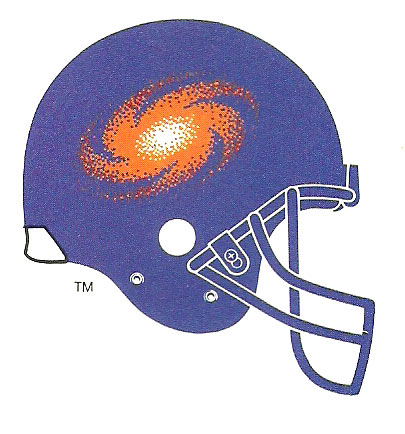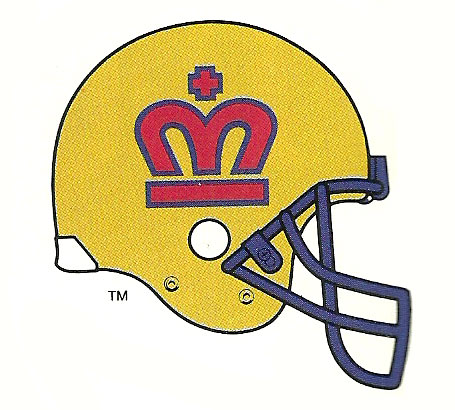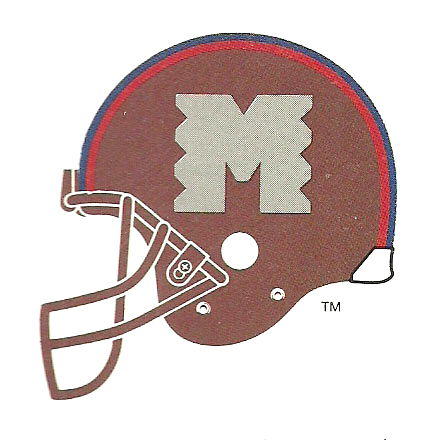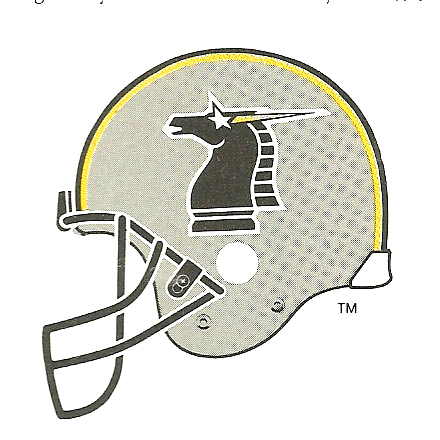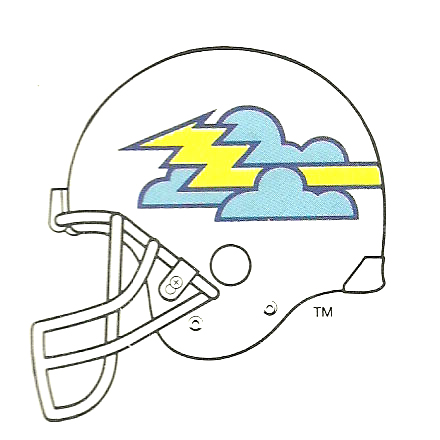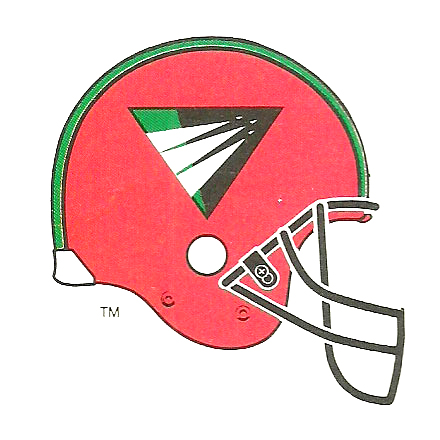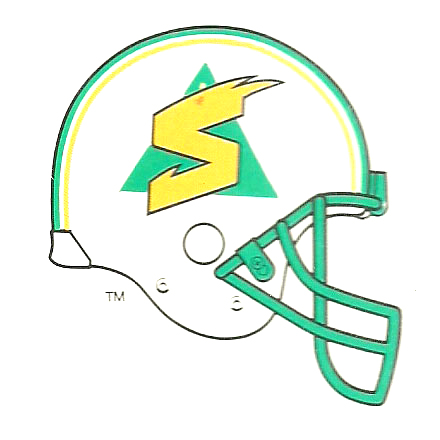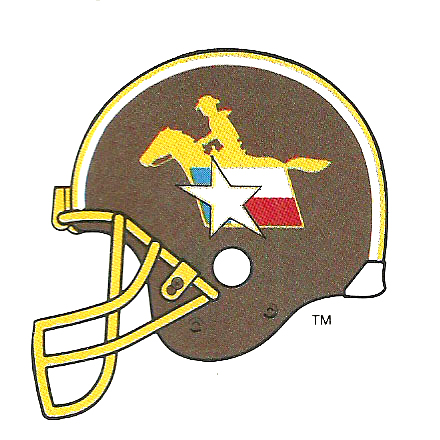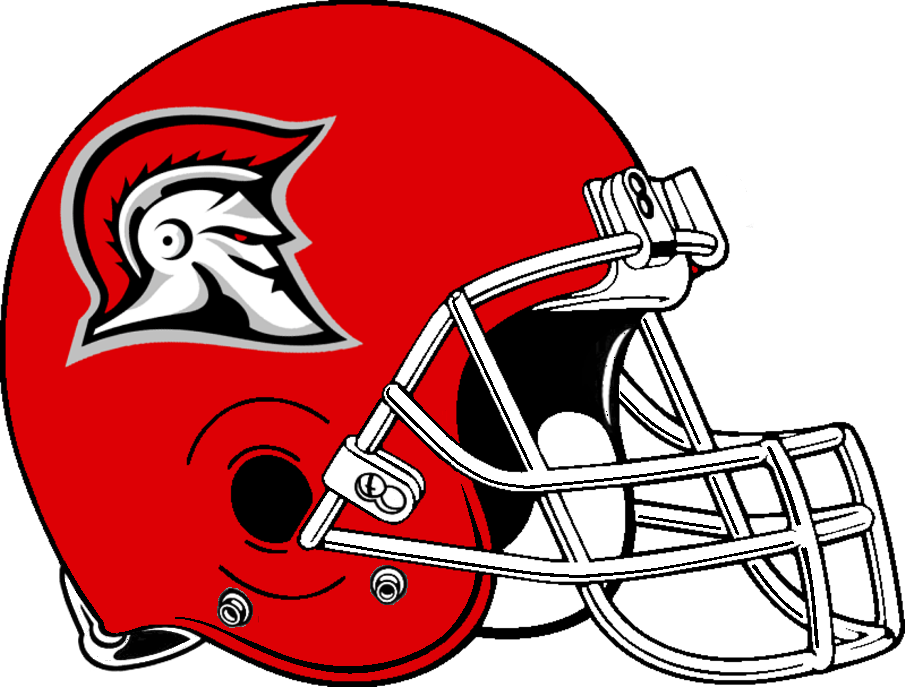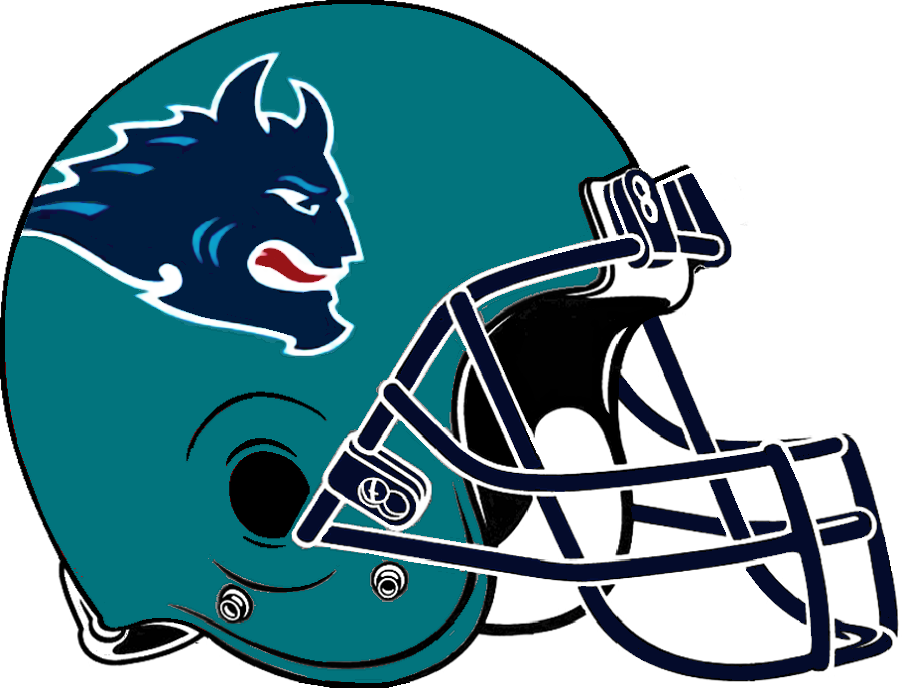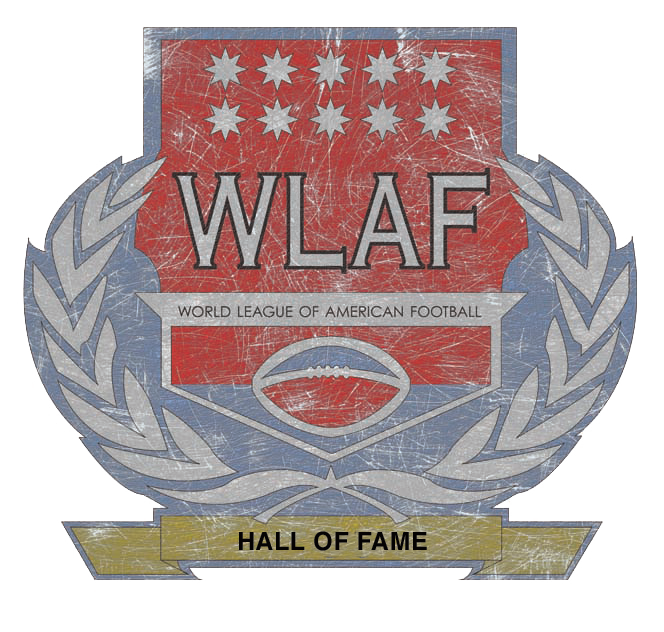
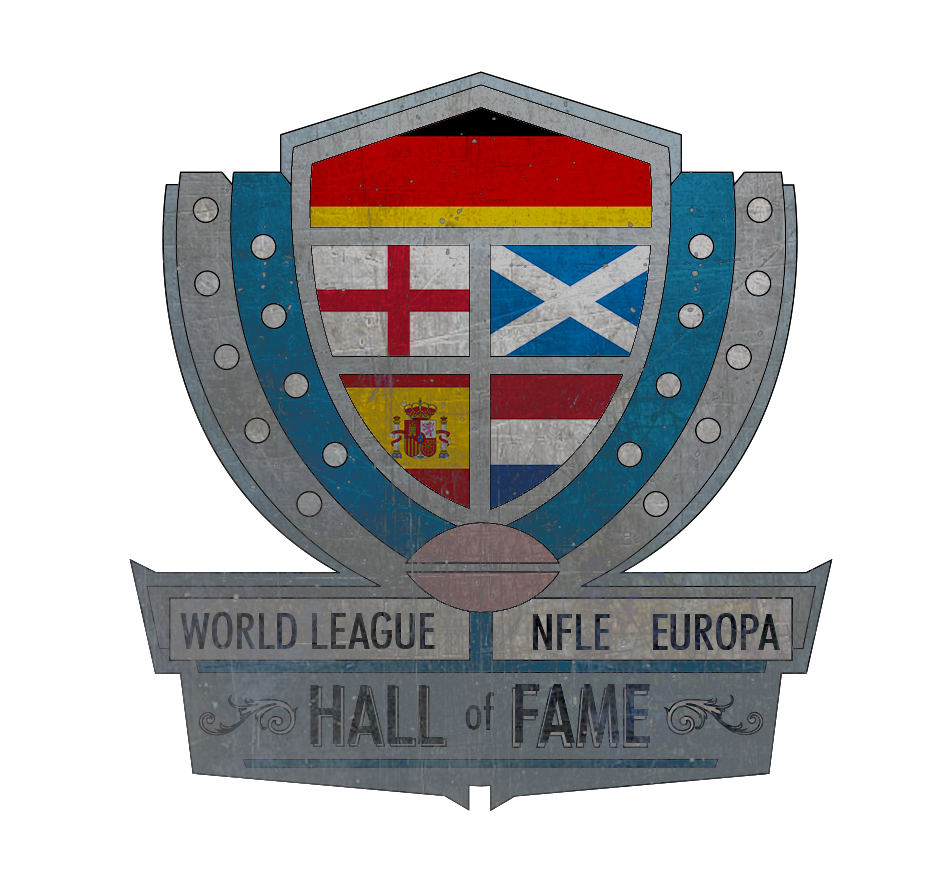
UNDER CONSTRUCTION AGAIN: THANKS IN PART TO GENEROUS DONATIONS FROM OTHER COLLECTORS WHO APPRECIATED THE WORLD LEAGUE AND ITS OFFSPRING, THE NFLE AND EUROPA, I WILL BE ROLLING OUT TEAM PAGES AND AUTOGRAPHS FROM THE PURELY EUROPEAN TEAM LEAGUE IN THE COMING MONTHS.
-THANK-YOU!!
Please feel free to visit the World League Player Index
ABOUT:
I grew up on the WLAF- despite it only being in existence for 2 short years. My father used the opportunity to bond with me over games in the humid spring sun of Texas and those drives to and from the San Antonio Riders games. It meant a lot to me, and I never forgot those players who were reaching for their dreams to play professional football. After each game, he’d take me down to the field where I’d get the autograph of as many players as I could meet.
It’s hard to believe its now been over 25 years since the league took flight. Outside of a few websites, most information about the WLAF is scarce to say the least. The timing of the league was at a critical juncture in the infancy of the internet.
I held onto all those autographs, Gametime magazines, and the few scarce photos I took over all these years because I knew the WLAF was special; However, many players have been kind enough over the last few years to honor my request for an autograph and update me on their lives.
This shrine is dedicated to all of the pioneers of that league and the memories that they left on the field for a lifetime. It is my intent that for former players browsing this part of my site that the autographs bring back some great memories for them as well.
This is the largest repository of World League autographs and historical player profiles available on the web.
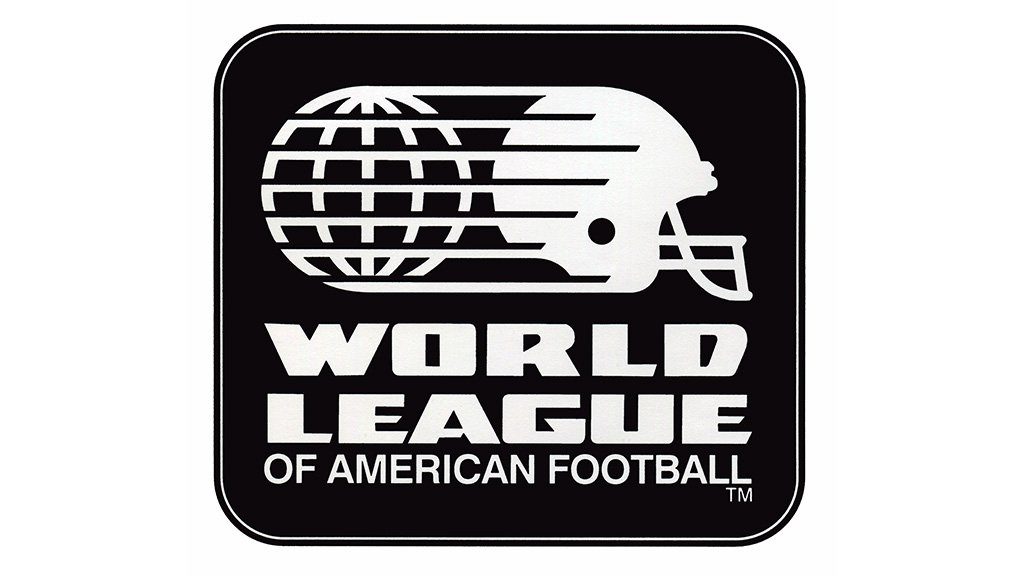
BACKGROUND:
The NFL saw an opportunity when two of the major US television networks approached the league owners about starting a new international league.
Buoyed by the impressive success of the NFL playing preseason games in London, Montreal, Sydney, and even in Tokyo- to near capacity crowds, the NFL’s board of directors hired Tex Schramm on April 18th 1989, to cook up the idea of taking American Football overseas as a full-time product.
Schramm brought with him years of experience in the sport as the Dallas Cowboys first President, and a future Hall of Famer (as a contributor). He put together the framework for taking the game globally and envisioned a true international league, with a more independent structure and identity form its NFL parent.
With the fall of the Iron Curtain in 1990, and the privatization of many TV markets in Europe, Tex saw incredible potential. Schramm was going to operate with four franchises in Europe (London, Frankfurt, Milan and Barcelona), one in Canada (Montreal) and seven in the United States (New York, Honolulu, Orlando, Birmingham, San Antonio, Sacramento and Raleigh-Durham).
On October 10th, 1990, Tex was unceremoniously fired by the NFL board of directors. – To say he was stunned was an understatement, however the directors felt otherwise as they felt he was being too ambitious, and not fiscally conservative enough.

For instance, Schramm said, the original plan for the WLAF was to have 12 teams, four in Europe, six in the US, one in Canada, and one in Mexico City. “But now they want eight to 10 teams, not 12,” Schramm said. “It’s been downsized.
– Mike Freeman
LA Times 10/12/90
The NFL was still a few years removed from dodging the USFL bullet, and had many other reasons just bubbling beneath the surface as to why they saw otherwise from Schramm. It’s easy to always say the dollar is the bottom line, but let’s speculate deeper than that.
First, the league was concerned about the possible encroachment of the CFL into its American markets. It’s sorta laughable now, but remember: The Toronto Argonauts are just one year away from poaching Raghib Ismail from the NFL at this point- which at that time was a huge deal.
Second, the NFL wanted to see what they could do with the Spring market, establish beachheads in those hungry football markets without losing their Fall market team support, and to make it as difficult for anything like the USFL to pop up again.
Third and finally, 1989 had one of the strongest drafts in NFL history (headlined by 4 future Hall of Famers). The draft was not only rich in future stars, it had a great foundation of depth. These players could be seasoned in the WLAF so that the NFL could get a better look at these players. -Also they could control their rights and keep them away from other potential leagues, as they had hoped- and failed to do from the CFL.
Whatever the reasoning in the end, the WLAF initiative was considered to be on cautious footing already and the league was just 5 months away from its first game.
Enter Mike Lynn…
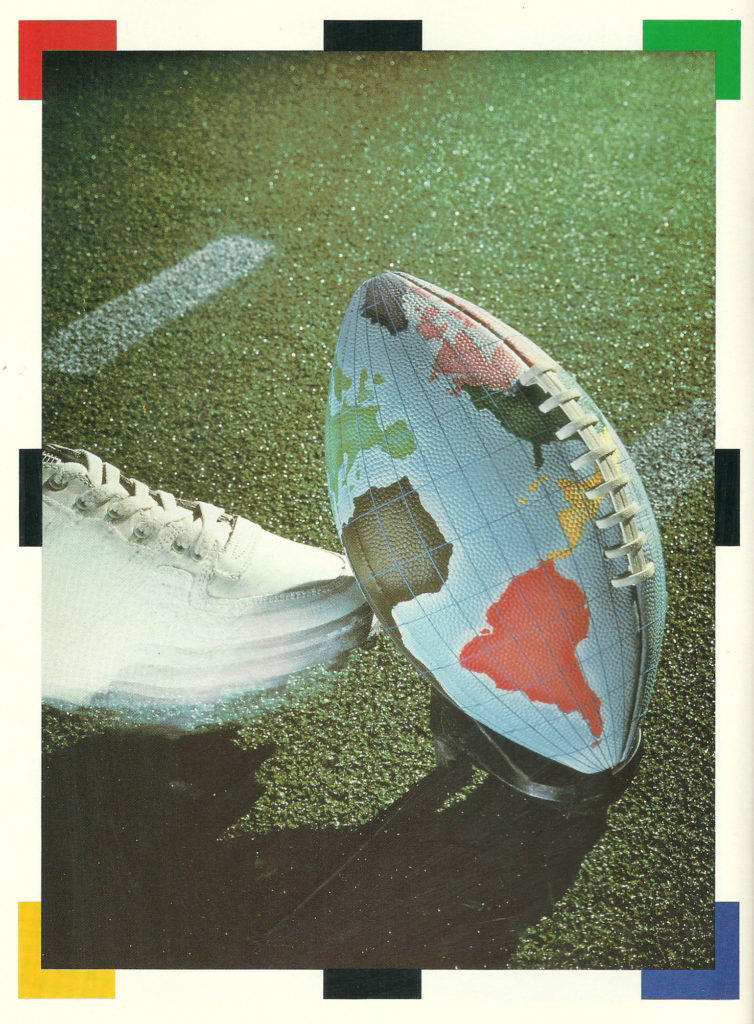
“It has been my contention for many years that the rest of the world is ready for American Football.”
– Mike Lynn
Mike Lynn was waiting in the wings to take over for Tex. He faced a tough task of getting the league off the ground, but as a former executive of the Vikings, he was one of the most qualified men for the job. He had been interested in international play since the 70s, and Mike really wanted to get his feet wet running an international league.
“There was a lot of doubt until the board of directors’ meeting in Dallas last November. From the standpoint of a football product, the players, coaches and the game itself, all of that was further along than I thought.
– Commissioner Mike Lynn
The decisions lacking were about how many cities, how many teams, and the ownership structure. For the first two months, my time was spent working on those issues.”
On the outside, Lynn’s ‘great vision’ differed from Schramm’s very little. The greatest difference was in the sense that Mike was more keen on marketing and merchandise. He noted that in Britain in 1983 there was about zero dollars being made off of merch- but by 1991- that figure was upwards of $50 million and that the WLAF could help… seed that niche for the NFL.
Lynn understood that exposure was important, and that there were vast markets to be tapped- especially in China. He also speculated about a ’10 year dream’ that the league would be truly global by then- strangely similarly to Tex’s- An ambitious plan that he saw having a conference in North America, the Pacific Rim, with teams in Japan, Hong Kong, and Korea, anchored by Hawaii. Beyond that he mentioned that he wasn’t downplaying the chance that the league would go into South America, Mexico or Australia. However, the most important thing to Lynn was to have 10 stable franchises before the league expanded- and those franchises needed to be fiscally responsible.
Schramm had already at this point put together some TV contracts. ABC and USA Networks (cable) signed up domestically in the United States paying roughly 48 million. Overseas though, it was a much different situation. While commercials appeared domestically in England for the WLAF promoting the sport, it was not carried on any of the BBC channels. Most games were carried tape delay or via satellite, so the best way to see the game live- was to go see them live.
Lynn was hopeful that the European circuit could average around 15,000 fans a home game, while the domestic side- around 20,000.
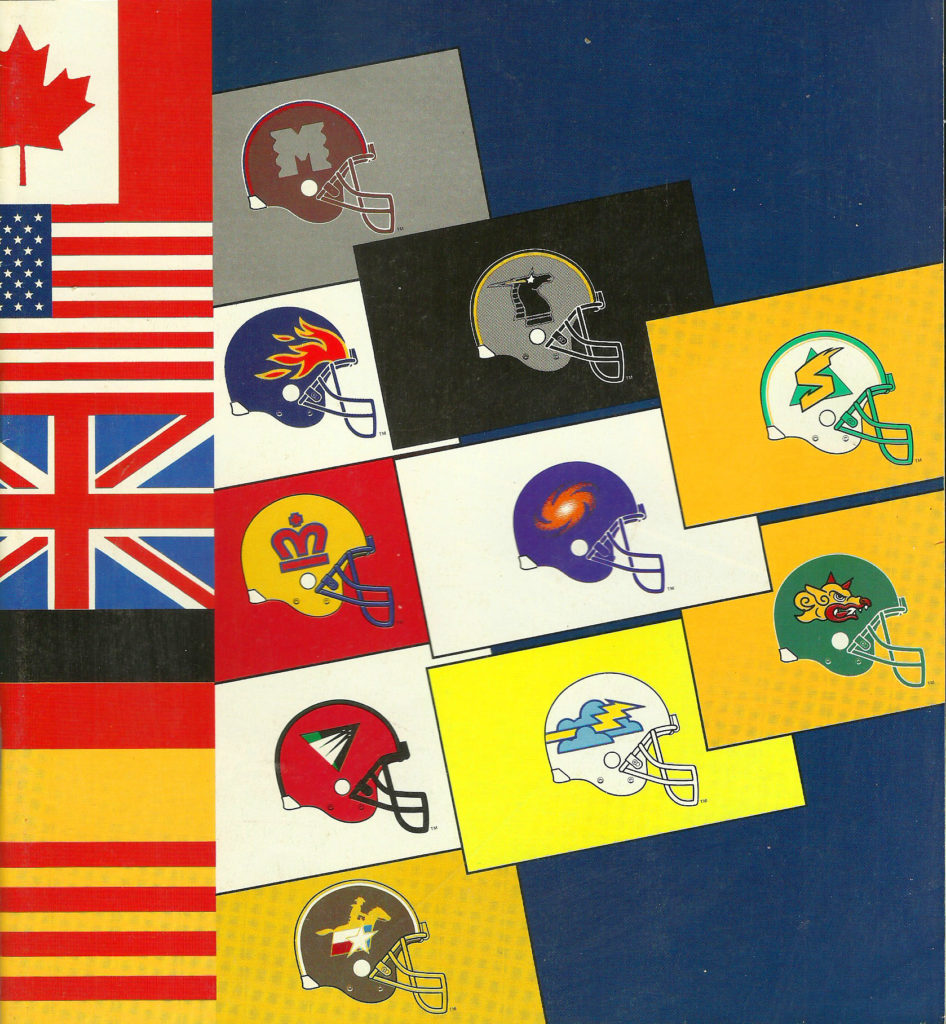
“I can’t emphasize how little had been done to prepare to launch a pro sports franchise. I first set foot in Germany in late-December, Christmastime, and they wired $50,000 over. There was no stadium deal, not one employee. No local staff, marketing, PR. Nor was there any football staff. It was a true truncated startup. Our first game was March 25. We had all of three months.”
– OLIVER LUCK
GM OF THE FRANKFURT GALAXY
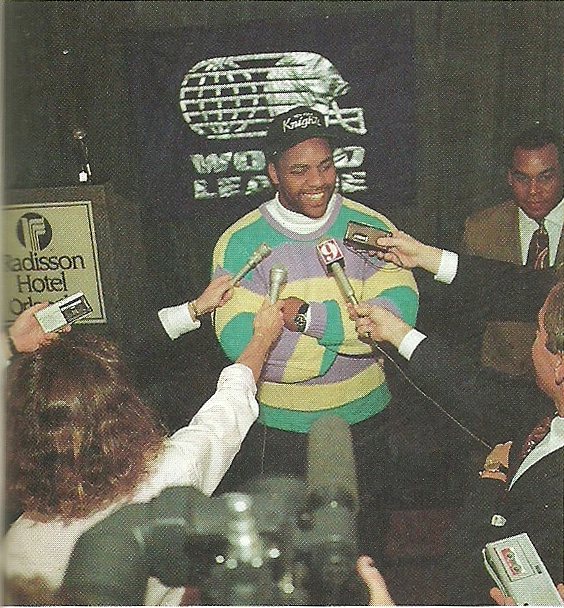
The 1991 WLAF player draft was held February 10th, 1991- A little over month before the league had its first game. The first pick overall was offensive tackle Caesar Rentie– taken by the New York- New Jersey Knights.
The NFL in year one hoped to loan out many of its developmental players to the WLAF, but primarily out of fear of injury- maybe 6-10 players were assigned total including Mike Elkins and Tracy Simien. This was a problem, as the league lacked star power out of the gate.
Later the league held a supplemental draft of players who slipped through training camp rosters or had been overlooked by the WLAFs original selection process.
Player contracts were modest even for that time with salaries ranging from $15,000 for kickers/punters to $25,000 for quarterbacks- and there were actually few complaints about it, as players were grateful for the opportunity to get some more game film and try to step back up to the NFL. With bonuses and MVP honors, it was possible for a player to earn upwards of $90,000 in a season.
There in sort of lied the rub. The WLAF was viewed by many players, media, and the fans, not as an alternative league, but as a minor-league feeder system for the NFL. Brent Musburger, whenever something crazy or boneheaded occurred during a game would exclaim, “It’s the World League people!”
The 1991 season opened up on time and as expected. Sure there were some hiccups, but the league kicked off to decent TV ratings. The first points were scored in WLAF history in the London Monarchs vs the Frankfurt Galaxy matchup when NT Chris Williams (FRA) stuffed RB Judd Garrett (LON) in the end zone for a safety. The first TD was scored in that same game by RB David Smith of the Monarchs. The Orlando Thunder defeated the San Antonio Riders 35-34 in one of the most exciting and high scoring games of the season. The Birmingham Fire had over 50k fans show up to watch the team play the Montreal Machine. -It was a good first week. There was already talk of expansion by one team, possibly two to four to round out the league at 14 franchises for 1992. ABC Network, as late as Week 8 was touting that the league planned to expand by two franchises in 1992, and that in Mexico City the ratings were great… even though most of the broadcasts were illegal.
But in reality, as the season progressed, the ratings slipped, and slipped and slipped. People just weren’t tuning in to watch the games, and while local media did some coverage, the WLAF didn’t get the national or magazine coverage respect that it could’ve garnered, if it wasn’t relegated to second tier status. The games were also on Saturdays, Sundays, and Mondays which didn’t help either.
Sure there was sloppy play especially at the bottom, and in those cities the home crowds were tiny. The play by play ‘veteran players’ that USA Network touted on color commentary- were just either not that prepared or green. (One silver lining was Boomer Esiason got started in commentary by working on WLAF games.)
The opener between Raleigh-Durham and Sacramento was in a deluge. The Surge won the sloppy game 9-3. Raleigh-Durham later in the season had an announced attendance number of just barely above 4,200 as they sunk to 0-9, but the European side of the game was exciting to watch, and the crowds were fun to listen to. In Barcelona, for example fans cheered when punters and kickers came onto the field, because it reminded them of futbol. They were also loud and raucous like a soccer stadium.
The problem was that the minor league moniker was sticking stateside- where frankly they had hoped the broadcast numbers would be better. Many local ABC affiliates began opting out of WLAF coverage.
The attendance figures came in at a pretty decent clip. Average attendance in 1991 was around 25,000 per game, but the model was inverted, as the European teams led the way, while American teams such as Raleigh-Durham and San Antonio, lagged behind.

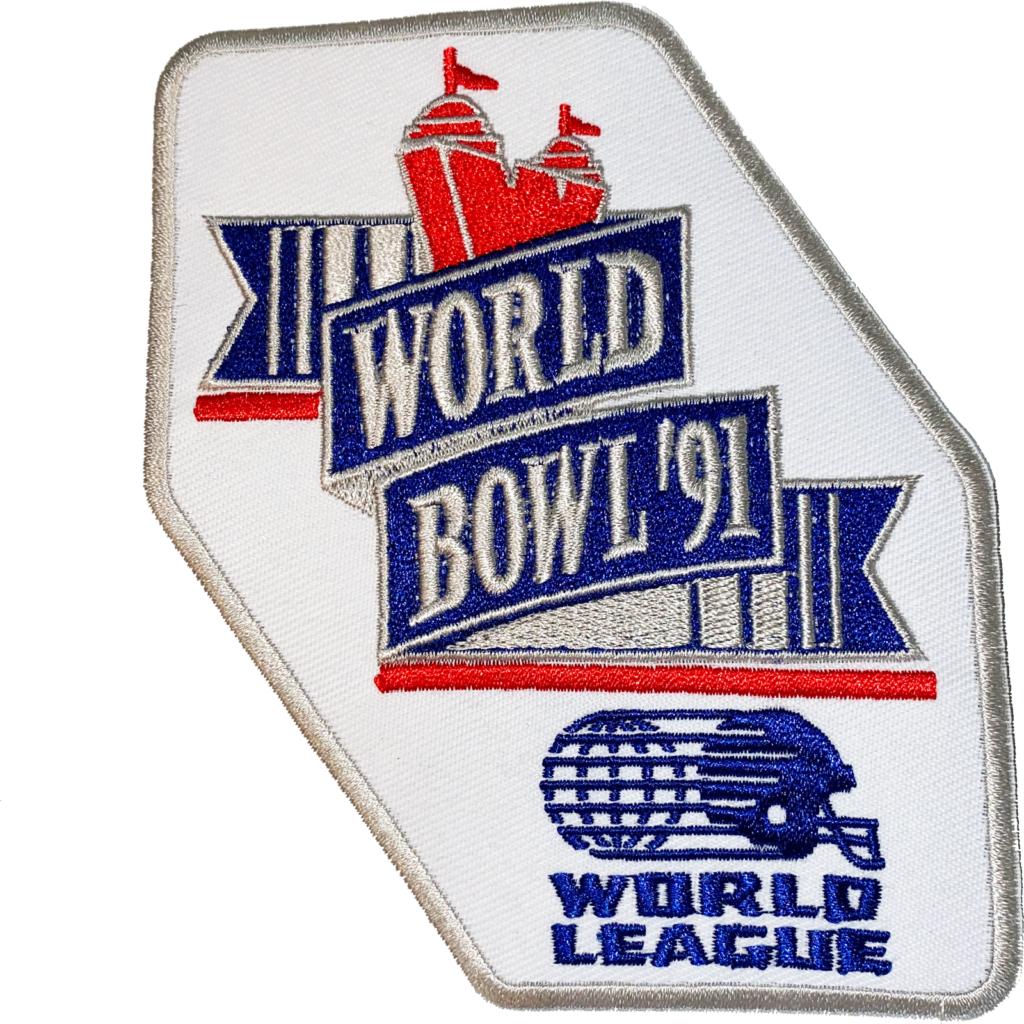
London was the attendance leader, and hosted World Bowl I- as the Monarchs crushed the Barcelona Dragons 21-0. Dan Crossman (S) intercepted 3 passes en route to the MVP honors and… A NEW CAR.- The first time anything like that was ever done in any American Football event. The largest crowd in league history showed up for the game- at around 61,000 patrons. It was a big party, and fans and players alike celebrated in the stands afterwards.
Offensive MVP was QB Stan Gelbaugh of London, who was head and shoulders above the competition. Defense was a 3 way tie between Danny Lockett- the league’s sackleader out of London, Anthony Parker- the league’s interception leader from the Knights, and Fire LB John Brantley. The WLAF also named their first ‘All-World Team’.
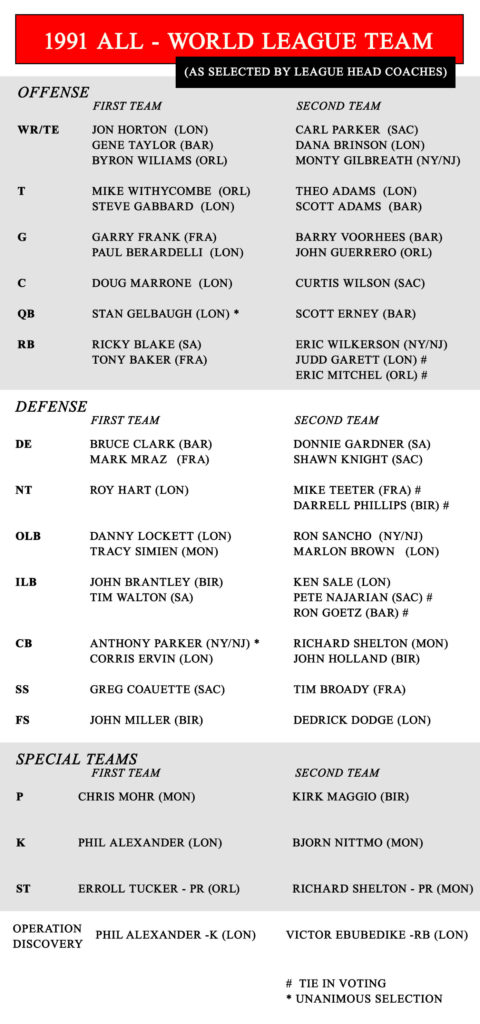
The WLAF, in addition, had a top 25 list of players that they were very proud of that were returning stateside to play in the NFL. Some of them even earned starting gigs with punter Chris Mohr reaching the Super Bowl with the Bills.
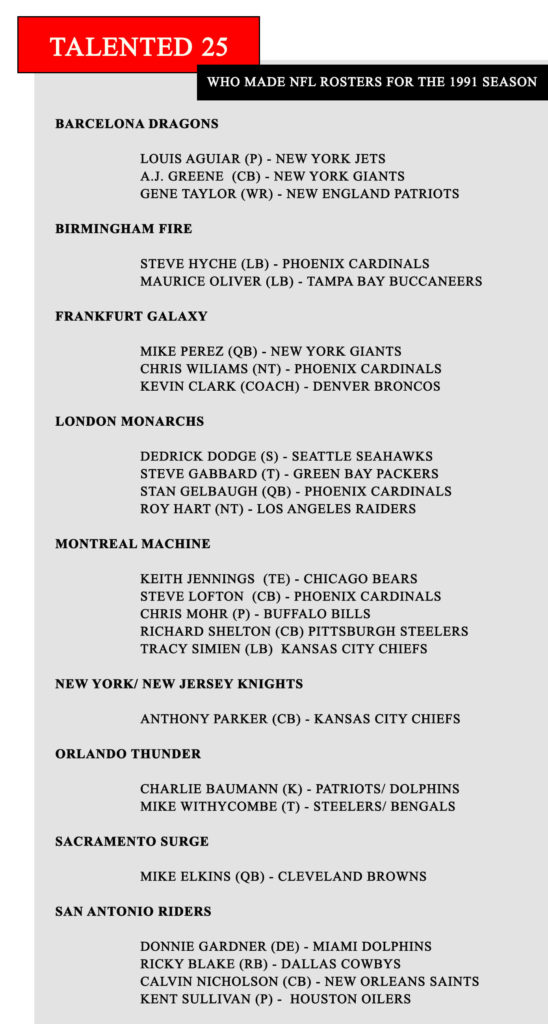
Controversy started in the off-season however as although more than 70 players signed with the NFL, the WLAF had inserted a buyout fee of double the player’s salary, if they had signed with the WLAF after January 15th, 1991. The nasty little rule was designed to encourage players to sign early with the WLAF. This affected a minority of good players (28)- primarily supplemental choices.
With Stan Gelbaugh for instance- that spelled trouble. He signed late, but he was the league’s MVP on top of his base salary which came out to $90k. So any team in essence who wanted to get Stan at the time would have to pay (an outrageous at the time) a fee of $180,000. – This included other leagues such as the CFL. Eventually the WLAF rescinded the fee, but not before some PR damage was done.
Despite the outwards facing positive appearance of the WLAF, the NFL was already grumbling about the costs- after losing 7 million dollars in the first season. In fact at the owners meetings, the sentiment was 50/50 by some owners that it’d continue as they controlled the league’s purse strings. While the attendance overall was in line with what they expected TV ratings were particularly bad. The final numbers came in at about a 3.0 household share- which was not great. (The numbers were also slightly inflated thanks in part to the first two weeks of the season.) In the end, the WLAF ended up being ‘renewed’ by the NFL for another year for play in 1992.
Thanks to infighting with the Vikings, Mike Lynn had to resign from leadership duties of the WLAF. In his place COO Joe Bailey would report to the NFL Board of Governors.
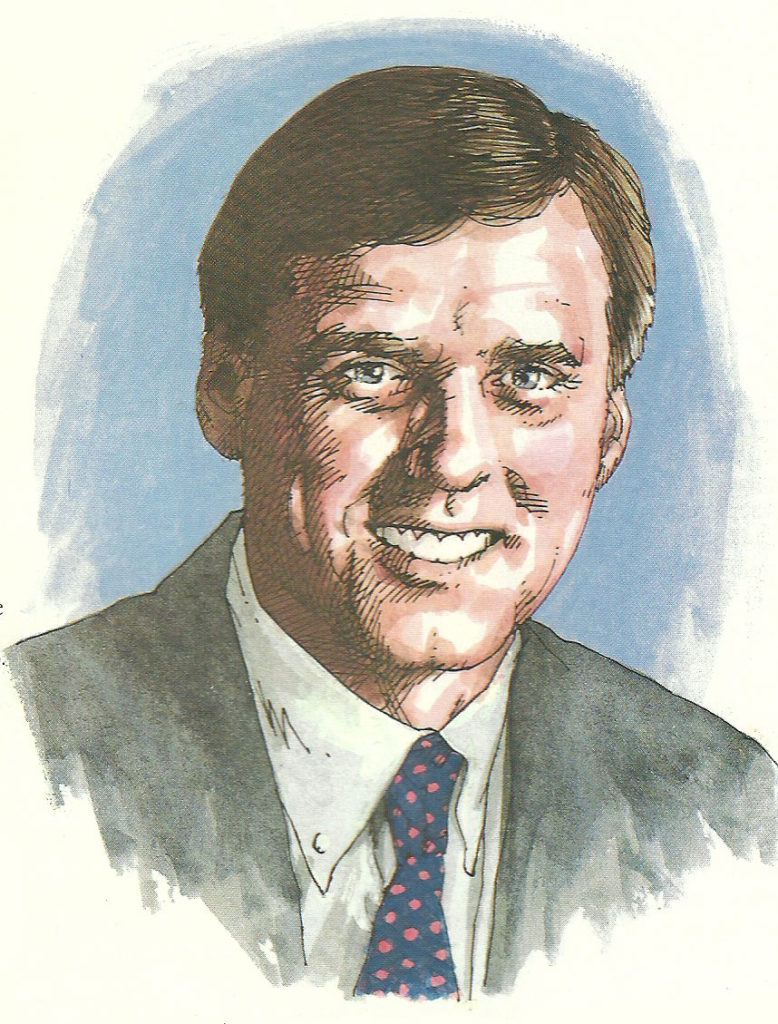
“We think the game itself creates the stars.”
-Joe Bailey
Bailey was a Schramm disciple through and through. He’d grown up as a ball boy for the Cowboys organization and then attended a few NBA games as an adult while working with Merrill-Lynch. Feeling the pull to come back, Schramm hired him initially as a scout. Bailey worked his way up and was eventually Tex’s first hire for the WLAF organization.
For 1992, there were some tweaks done to the rule system that year. Raleigh-Durham was mercifully euthanized and replaced by the Ohio Glory- which was technically a win by the league as they had fairly impressive attendance out of Columbus. On the other hand San Antonio moved up the street to a smaller stadium in San Marcos- halfway between SA and Austin on I-35 while they waited for the Alamodome to be completed for the 1993 season- but hey, at least they controlled their own beer sales! The league also adjusted ABC and USA Network’s television deals to be more favorable towards those networks. Montreal beat out Birmingham for the rights to host World Bowl II while the NFL rebranded its international initiative under commissioner Paul Tagliabue as the more ubiquitous ‘NFL International’. The World League of American Football (WLAF) also tried for a sleeker name just referring to itself as ‘World League’.
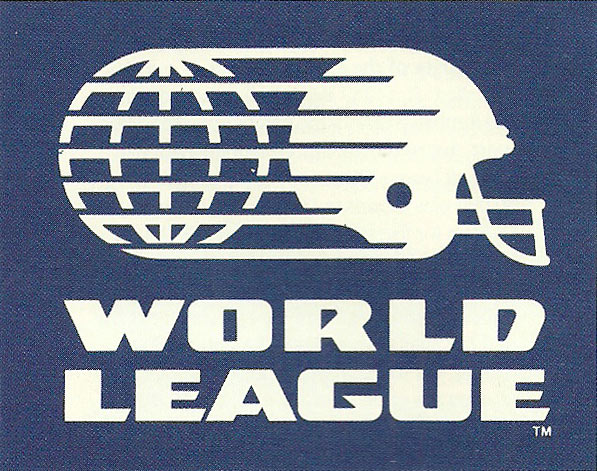
The WLAF was hopeful. They had already laid out plans for expansion, settling on Paris and Milan for 1993- and then 2 additional teams in 1994. There were rumors that an existing NFL city like Chicago might also land a team. It felt like the league had a long term plan. You just couldn’t do a league for a year or two and give up right?
The draft that year was a traditional draft with a twist. Since Ohio was considered an expansion franchise, they’d receive the first and last pick of each round. All of Raleigh-Durham’s players in the meantime were put back into the draft pool for selection. Ohio traded their first pick to Sacramento in exchange for their first round pick and 2nd team All-World center Curtis Wilson. The Surge selected George Bethune, defensive end, while Ohio selected NFL journeyman quarterback Babe Laufenberg.
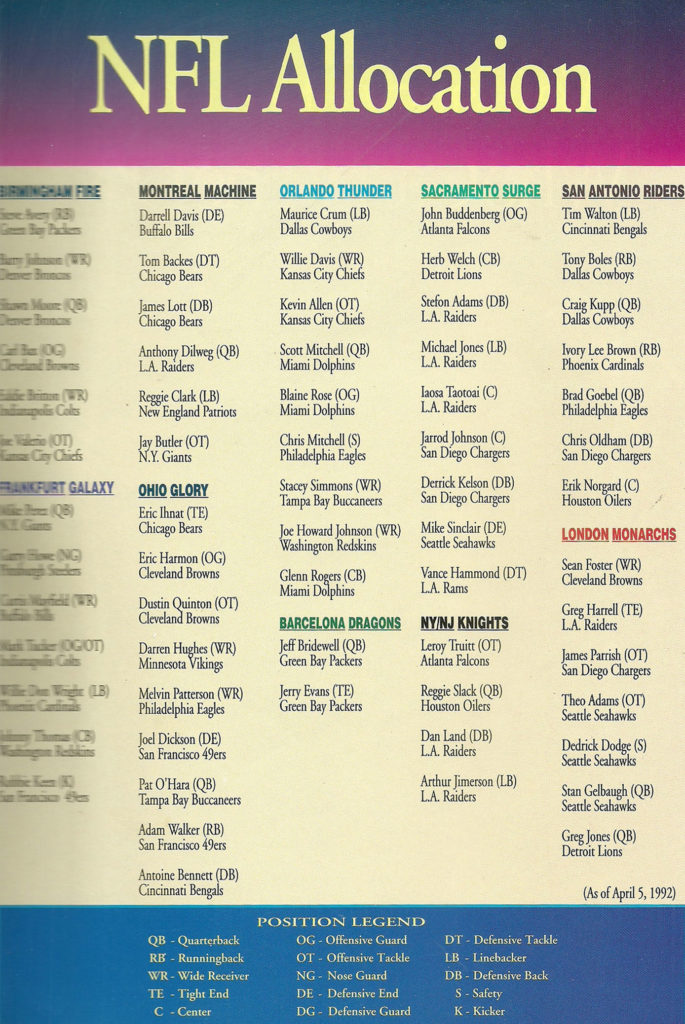
The WLAF also partnered its teams up with NFL franchises and did a much better job of shepherding its developmental talent to the league. Each franchise was given 3-4 teams from which to pull talent. Dan Marino’s heir apparent Scott Mitchell was the biggest name, getting playing time with the Thunder in Orlando.
The fortunes were reversed for the European squads and the North American West. That year the European squads were all mired in mediocrity, with Barcelona leading the way at 5-5. In the West it was Sacramento (8-2), Birmingham (7-2-1), and even San Antonio at (7-3). In the East it was Orlando who took the top of the division.
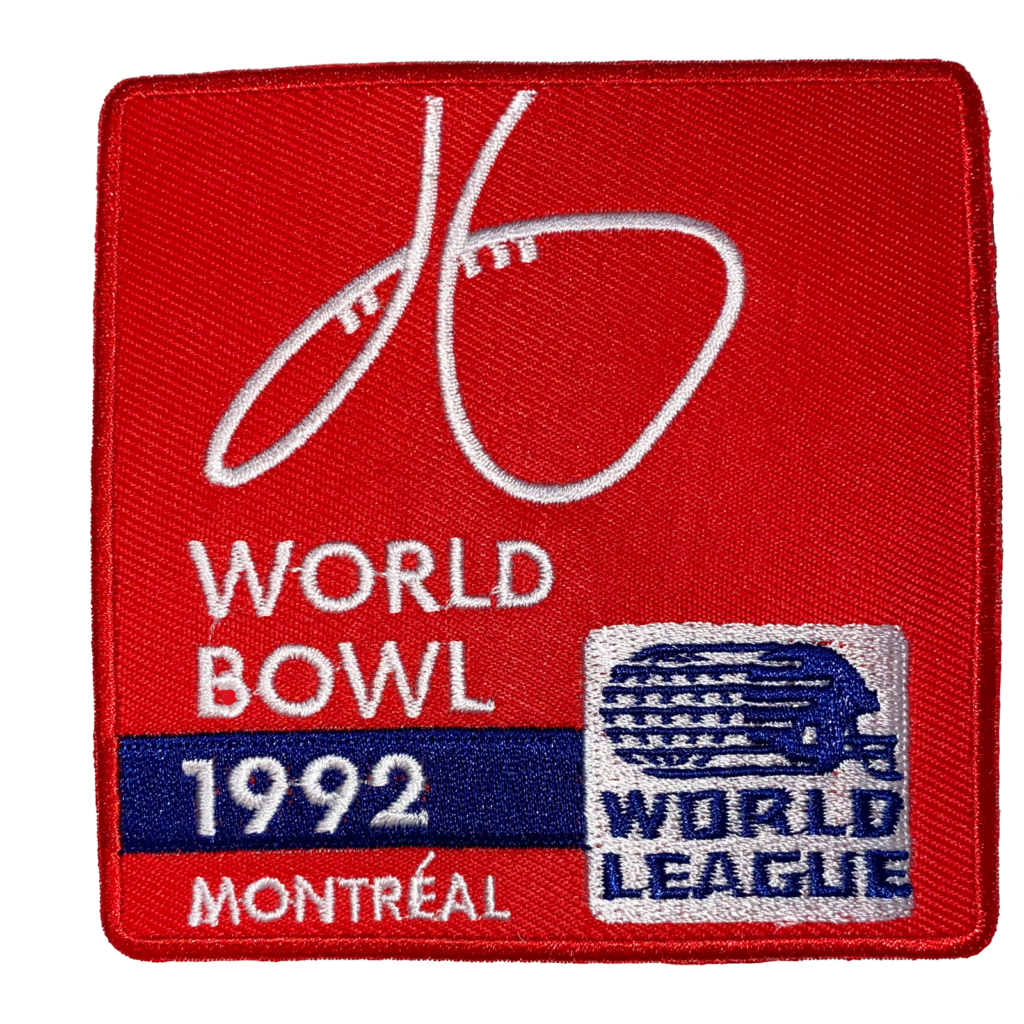
The Sacramento Surge went from worst to first beating the Orlando Thunder in a hotly contested World Bowl II 21-17- as Sacramento shut down Orlando in the second half and piled on 15 points in the 4th quarter to steal the win from under the Thunder.
If there was any good news to extract from the 1992 attendance is that the bottom line was much higher. With the replacement of R-D by the Glory- who were second in the league, Frankfurt (1st), Barcelona (3rd). Sacramento (6th), and San Antonio (7th) all saw improvements in attendance.
Unfortunately they couldn’t make up for London whose attendance was nearly halved. Comparing the attendance number from 1991 to 1992- that was a difference of 19,000 fans a game to make up. Other major markets such as New York-New Jersey and Montreal also saw setbacks. Curiously Birmingham’s attendance dropped to last in the league, while the high flying Thunder also disappointed at the ticket office from the previous season. The ratings came in and unfortunately they were worse than 1991.
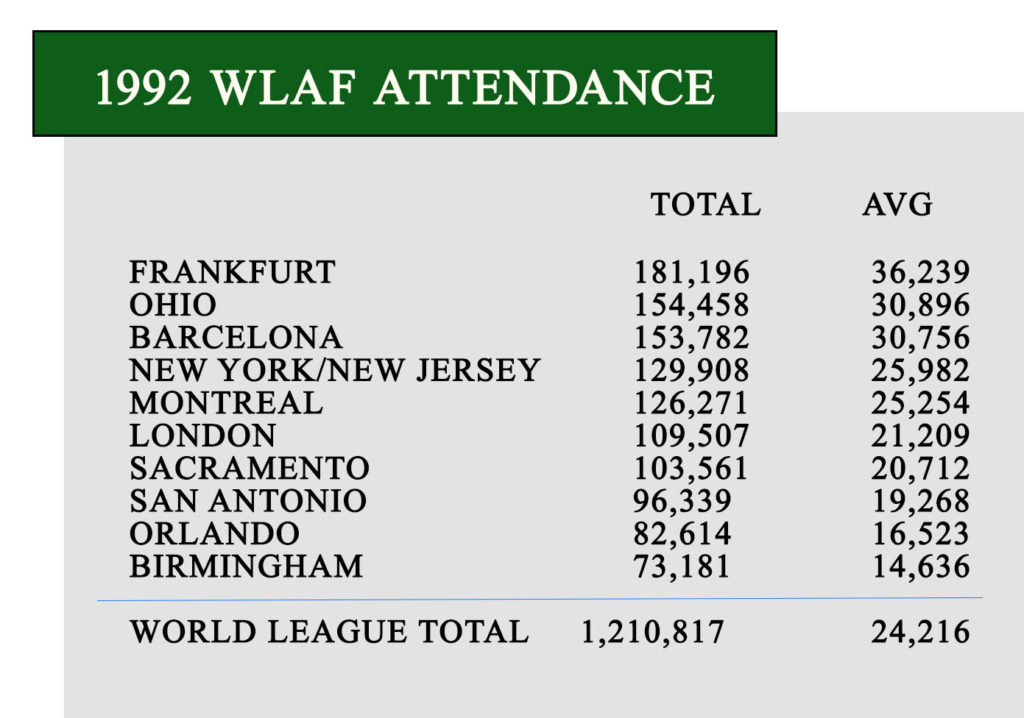
The offensive league MVP was quarterback David Archer of Sacramento. The journeyman QB had an outstanding season leading the Surge to World Bowl II MVP honors. On defense the honor went to Barcelona Dragon defensive back Adrian Jones who hauled in 10 interceptions.

THE END:
The ax suddenly came down September 18th, 1992. With the NFL losing an anti-trust suit against the NFLPA, Plan B was declared DOA and the owners feared salaries run amok in a new Wild West Free Agency. They immediately started cutting corners and looking for change in any couch they could find.
The NFL postponed their own expansion by two years, and then delayed the WLAF indefinitely. While Commissioner Tagliabue sounded optimistic about the league returning as early as possibly 1993, he mentioned that a longer break maybe entirely possible. In fact, behind the scenes the league had already decided to place the league on hiatus and retool it as a purely European format with maybe one or two North American teams- tops.
Many years later I spoke to NY-NJ defensive lineman Craig Schlichting, and he added credence to the theory that the WLAF was beginning to pull market share/ merch away from NFL markets thanks to their cheap prices. This seemed to make sense with the idea of less North American teams put forth by the NFL, but it looked like the writing was already on the wall for the WLAF before the meeting took place. The TV ratings and attendance just didn’t go up in 1992- despite the ‘conservative’ numbers that Joe Bailey and Mike Lynn had projected.
Sister franchises, Sacramento and San Antonio both declared their independence from the WLAF and joined the CFLUSA initiative. Sacramento became the Goldminers. San Antonio became the Texans, hemorrhaged under financial strain, and collapsed. The Goldminers later moved to San Antonio and survived long enough to be folded when the entire CFLUSA plan went up in smoke in 1996.
The WLAF returned in 1995, and then was renamed the NFL Europe (NFLE) in 1996. London, Barcelona, and Frankfurt returned, but it was a purely European format.
INNOVATIONS:
The World League had some key innovations and gimmicks that really helped put the league on the map.
For starters the WLAF was a pioneer in using what was referred to as the ‘radio helmet’. What we now take for granted in the NFL, was a helmet fitted with a small receiver, amplifier, and earphone provided by the Arial Visual Systems in Burbank, CA. Coaches radioed in to their quarterbacks and gave them quick advice/ playcalling in between plays. This was also to help with cutting down on the time in between plays and also speed up the tempo of the game.
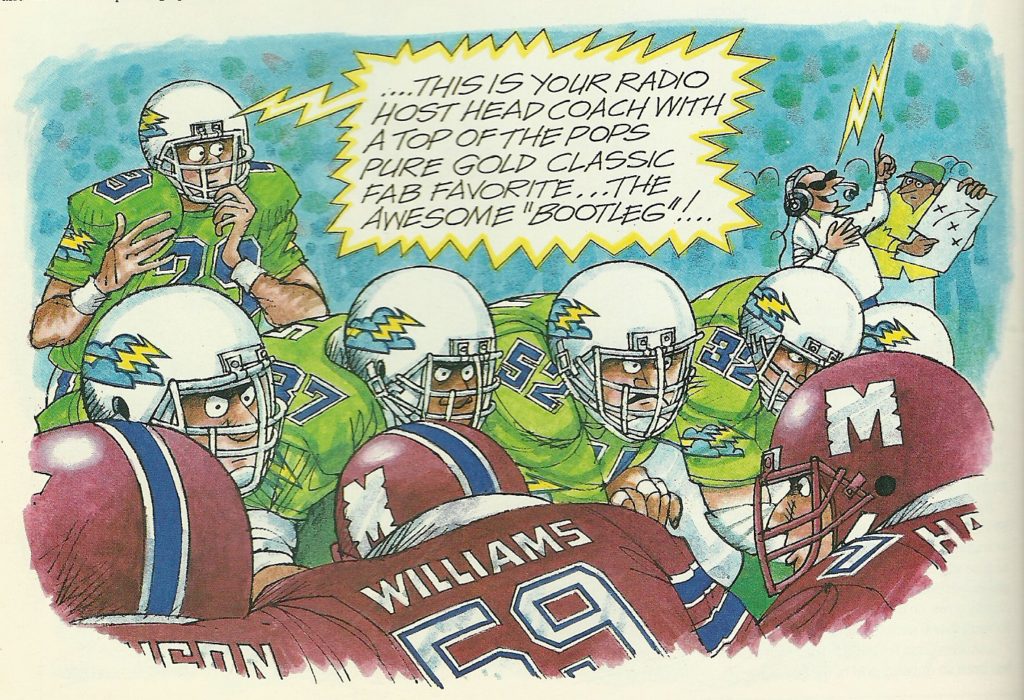
There was also the helmet camera or cam for short.
“The helmet is fashioned to allow the camera to fit inside like a third eye. A two-pound battery pack and transmitter is molded into the quarterback`s shoulder pads.”
– Don Pierson
Chicago Tribune, 1991
Throughout the WLAF season the helmet cam brought fans closer to the action. It also provided audio- which was sometimes very colorful. – Although no league has used it since, the helmet cam has been used as a tool in practice to help quarterbacks improve their play, scanning the field, understanding blitz and coverage packages, and checking down for open targets.
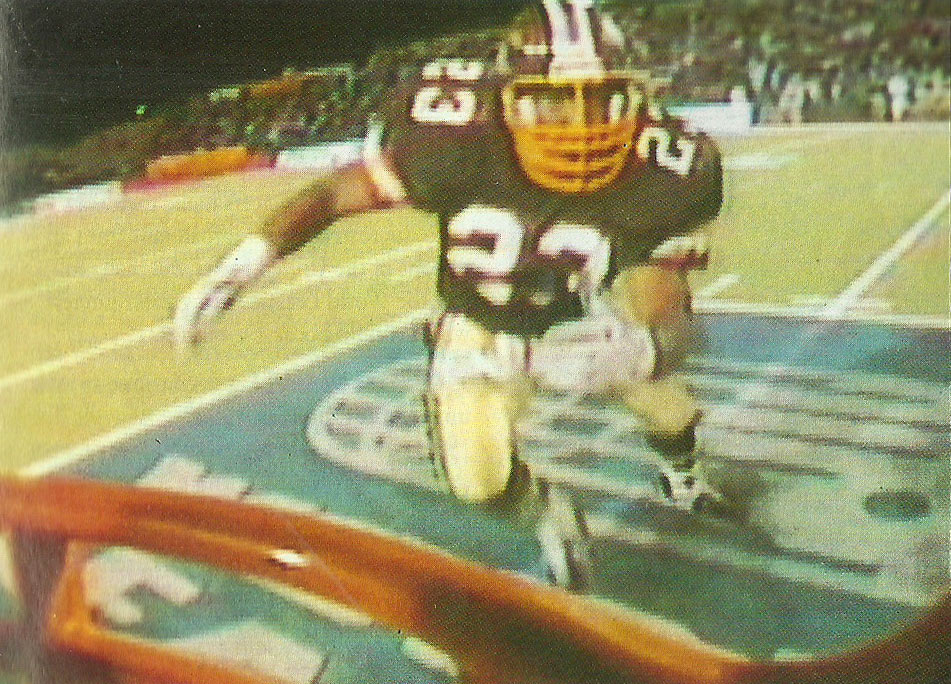
The WLAF said they utilized a 35 second clock in 1991, and a 40 second clock in 1992- as the NFL’s goal in the early 90s was still to cut down games to around 2 1/2 hours.
The league also required that 4 players be carried on each team’s roster that are not from the United States. These players were part of the WLAF initiative called ‘Operation Discovery’ and acted sort of as a developmental squad and ambassadors. If they could actually play at the WLAF level- that was considered a bonus. They could not be cut, but did not count against the team roster of 36 players.
The WLAF also sported very unique uniform colors and designs for their era.
In Dallas, the WLAF employed a 11th ‘shadow’ franchise, named ‘Team Dallas’. This was essentially the league’s free agent pool and practice squad. They didn’t play games in front of crowds, but they’d go out and practice and run different formations. QB Mike Johnson (SA) was a Team Dallas ‘graduate’.
The league also was at the forefront in other technological advancements- as they excitedly promoted dial up internet and fax machine utilization as key advancements in the evolution of the front office in the sport. The dial up internet, dubbed ‘Worldnet’ was the next thing in allowing the 10 teams to communicate between each other via computer. – Remember, this, was 1992.

The WLAF Draft in 1991 was a positional draft that lasted 15 days. Since each team was being built from scratch, they had a daily position-by-position draft, and took turns on who went first.
The WLAF had one scrimmage and preseason game for each team before the season began in both 1991 and 1992. In 1992, the preseason game served as the second most prominent tiebreaker rule which was a first for any professional sport.
The World League was progressive- and embraced minorities throughout minority coaching fellowships. Beyond that, they were the first football league to hire high profile minority executives in GM Reggie Williams (NY/NJ) and Fire executive Michael Huyghue. Larry Little of the Glory, was one of the first black head coaches in football as well. -It also provided a breeding ground to train up and coming referees. Ed Hochuli got much needed experience and seasoning there before moving up in the ranks of the NFL.
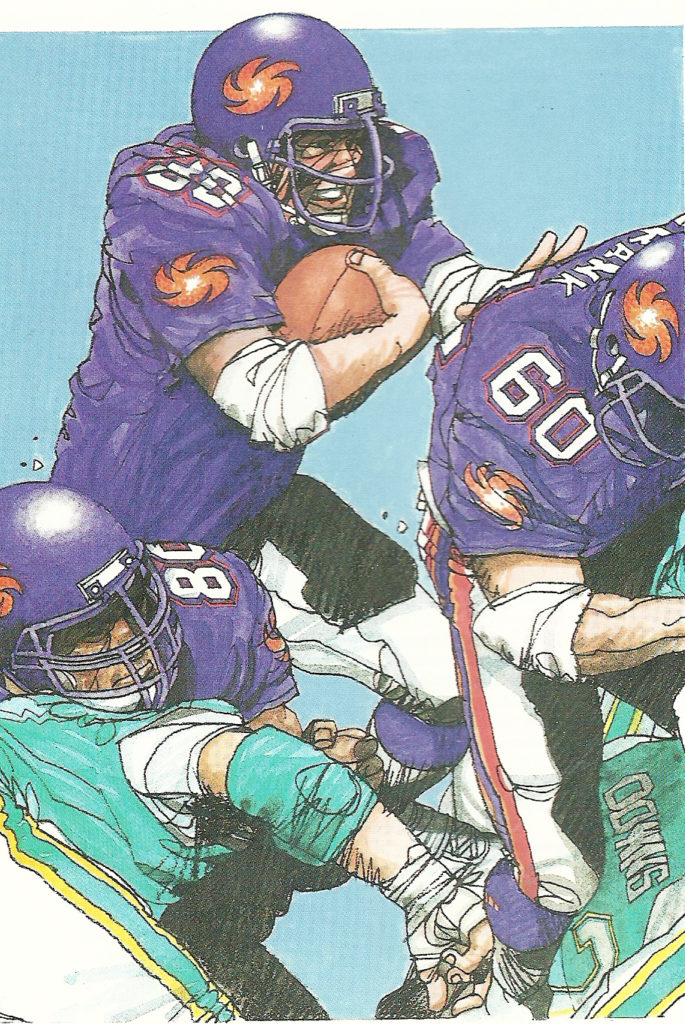
RULES:
Modifications were also made to the rules- as the WLAF became the testing ground of sorts for NFL rules. In general, there were 14 rule modifications that were used.
1. (1991) To encourage more kickoff returns- the World League spotted the ball at the 10 yard line if the receiving team receives the ball in its own end zone and chooses not to return it. If the kickoff goes through the end zone, the ball would be spotted at the 20 yard line.
1.a (1992) It will be mandatory for kickers to use a flat or maximum 1 inch tee for kick-offs.
2. In a nod to the USFL and college football, the WLAF opted to add in the two point conversion, with the ball placed at the 3 yard line.
3. Defensive pass interference- no matter where it occurs, will be a 15- yard penalty from the line of scrimmage and an automatic first down. If the infraction is intentional- it will be a spot foul.
4. In overtime, the WLAF employed a unique system. The team to score the first 6 points would win the game. If neither team scores and a score is made, the team with the most points is the winner after each team gets one possession. The game results in a tie if the score is still tied at the end of overtime. The OT session was also just 10 minutes long.
5. The ‘In the Grasp’ rule which in the NFL began to rankle fan and player alike, would not apply- however intentional grounding was greatly ‘liberalized’ in order to encourage players to throw the ball away. Only when there is severe and extreme pressure by defenders and a tackle is imminent, is the QB called for intentional grounding if he throws the ball away.
6. Fights or unsportsmanlike conduct that result in double penalties included automatic suspension of those players for the next two downs.
7. When the offensive team registers a first down during the last two minutes of the half, the game clock is immediately stopped, while the ball is spotted and the chains set. Play would start again on a signal from the referee.
8. All kicking team players will be allowed downfield on punts- eliminating needless penalties and adding more game action.
9. Player celebrations are allowed following a score, however excessive demonstrations or taunting will not be permitted.”
10. (1992) No bumping or contact with an eligible receiver will be permitted on passing plays.
11. Offensive linemen are allowed to release downfield on passing plays- eliminating the penalty for illegal man downfield.
12. All teams must make a bonafide attempt to advance the ball on plays from scrimmage throughout the game- including the last two minutes of either half. (No victory formations allowed.)
13. A passer will not be ruled as crossing the line of scrimmage until he touches the ground or anything beyond the line.
14. The entire field will be rimmed by an 8-inch orange border. Goal lines will be painted yellow.
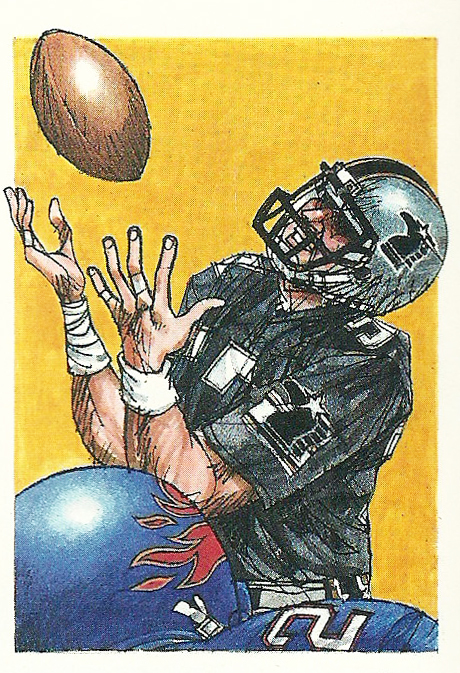
KEY PROFILES:
TEAM PROFILES:
Links to player profiles are contained within each team profile.
NOTES:
Tex Schramm’s ambitious plan even included a trip to Russia, as after the Iron Curtain fell, football quickly took hold in the nation and teams began sprouting up. CNN also picked up a feature on the Moscow Black Swans, and some former NFL coaches had worked with the Moscow Wolves.
Fresno State was considered the WLAF pipeline, as 8 players were drafted into the league in 1991- the largest number by far of any school.
Wow. So the WLAF had 4 sets of cards and two subsets published over its brief period. First in anticipation of their 150 card set sold in one off boxes, ProSet, added 32 WLAF inserts to their 1991 NFL series one set of all the team helmets, two prospects from each team, and their coaches.
This coincided with the World Bowl, where special promo packs were inserted into the bowl program to promote the 1991 World League 150 card box set. The box sets and these promos were virtually the same except for two small differences. The backs of the helmet cards have team histories on them, (and not the schedule), and the photos for Mike Elkins (SAC) and Bobby McAllister (RD) are different than their base cards included in the set.
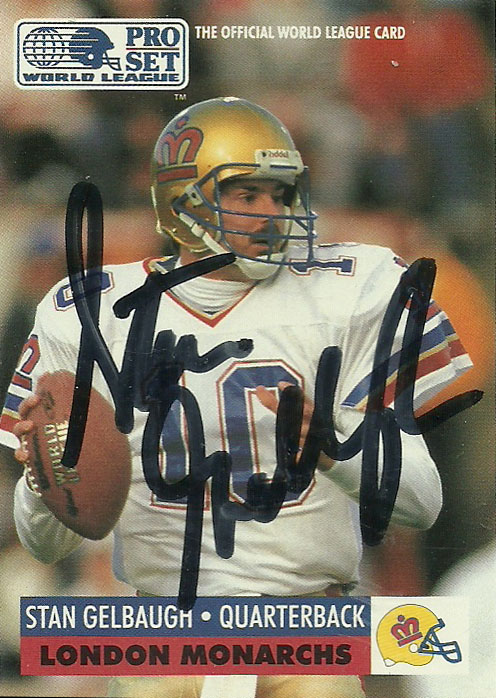
Speaking of which, after the initial WLAF 1991 season, ProSet rolled out the 150 card box that covered all the teams, players and league leaders. During ProSet 1991 NFL Series II, the company again inserted league leaders from the WLAF into the set, but they were baked into the set with regularly issued numbers. ProSet unfortunately severely overestimated the demand for the market and took a bath on it.
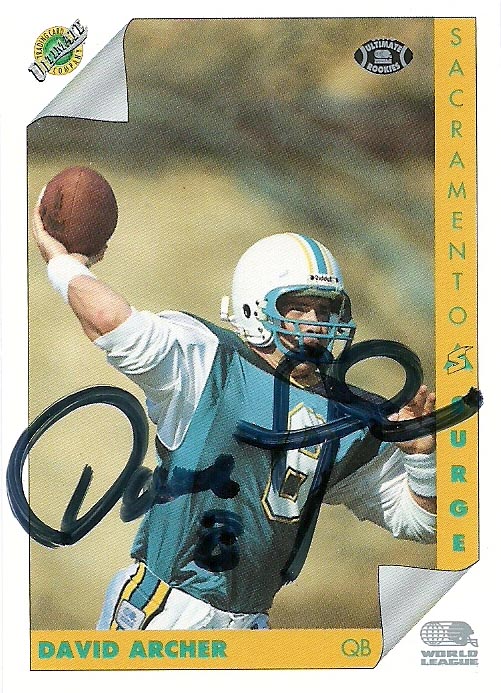
In 1992, Ultimate trading cards, out of Las Vegas got into the card market boom, producing WLAF trading cards. Packaged in fun little arenas, fans had incentive to buy the cards in the hope of spelling ‘W-O-R-L-D’. The winner would get 1 million dollars. There’s no word as to if somebody actually did this, but the set also did not perform well.
The cards were available by packs or boxes at the games when the product arrived around the midpoint of the season. They also had a bizarre player rating system that assigned them a numerical score based on their abilities. -It made no sense. The set consisted of mainly 177 player cards, with the remaining 23 primarily being cards introducing fans to football through current NFL stars Jim Kelly and Lawrence Taylor. In very rare circumstances autographs of those stars were included in the packs.
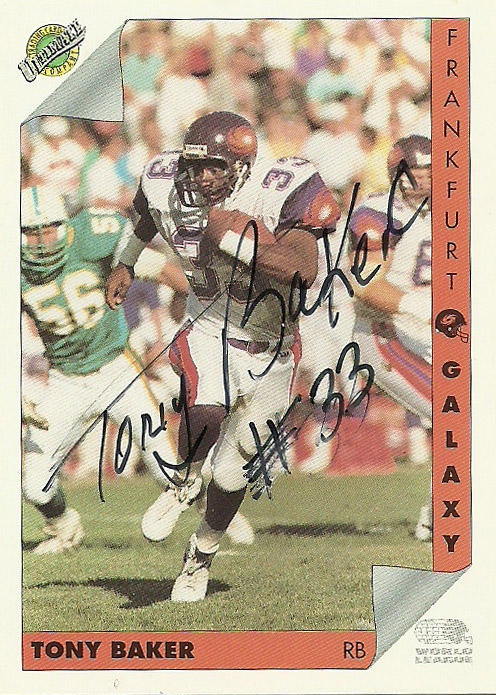
To promote the cards, they were advertised in the GameTime magazines, and promo packs were handed out at some home games with a few players. The promo cards vary just a little bit, and give information on the WORLD contest. There are 8 to ten players in this set. While these promo cards are rare- the demand is not there, so these remain largely worthless.
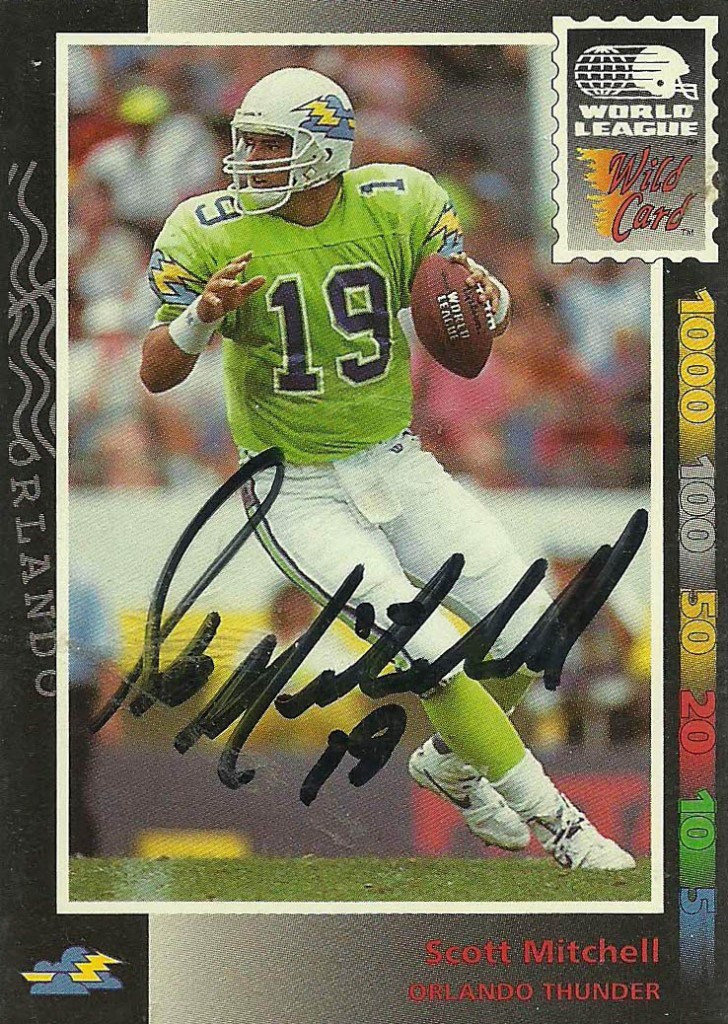
At the end of the 1992 season Wild Card also dropped a set on the market. These are the rarest of the card sets but again, there is no demand so there is no value. Wild Card sold in packs or boxes and were fairly expensive before disappearing off the primary market. They featured the Wild Card gimmick of numbering certain cards with stripes, redeemable and tradeable through Wild Card.
There were also NFL and College promo cards that could be pulled as well. The set is about 150 cards deep- which includes two checklist cards. I was not made aware of this set until YEARS later after the WLAF was long gone. Among the sets Wild Card is probably the most thorough, but in order to get all the stars, it’s advisable to fill all three out.
LEGACY:
The WLAF was retooled and launched into a purely European format in 1995. The league itself underwent some name changes from WLAF to NFLE to Europa and finally folded after the 2007 season.
The league served as a catalyst for many players to return to the NFL or to other leagues. It provided crucial game film and exposure to get those players in front of coaches and executives.
Well after many of those players playing days ended, many of them have become coaches taking the tools that they learned playing in the WLAF and applying it at the next level.
**UNDER CONSTRUCTION**
WORLD LEAGUE/NFLE/ EUROPA TEAMS (1995-2007)

Amsterdam Admirals
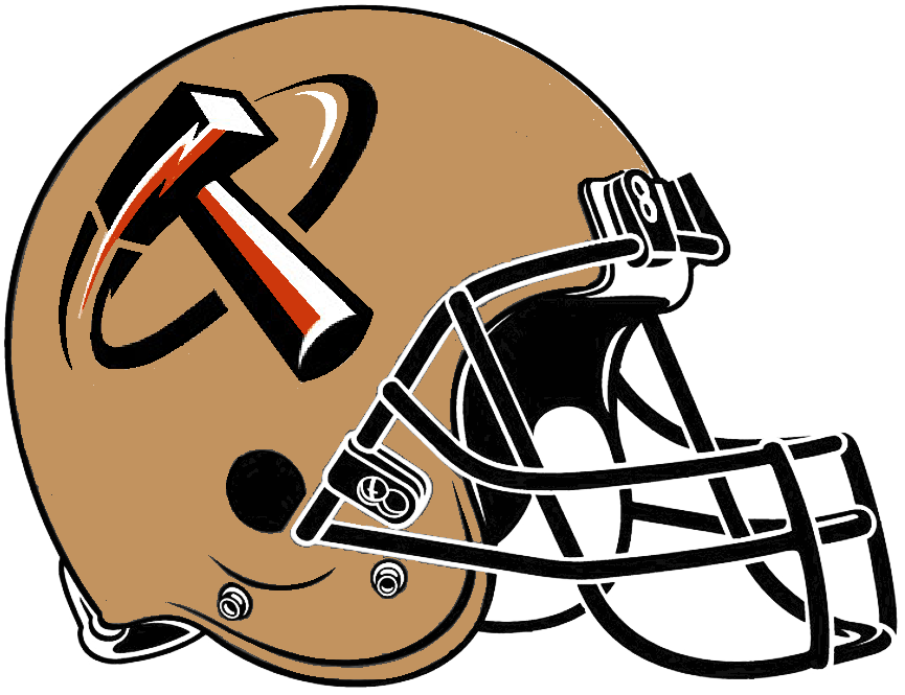
Berlin Thunder
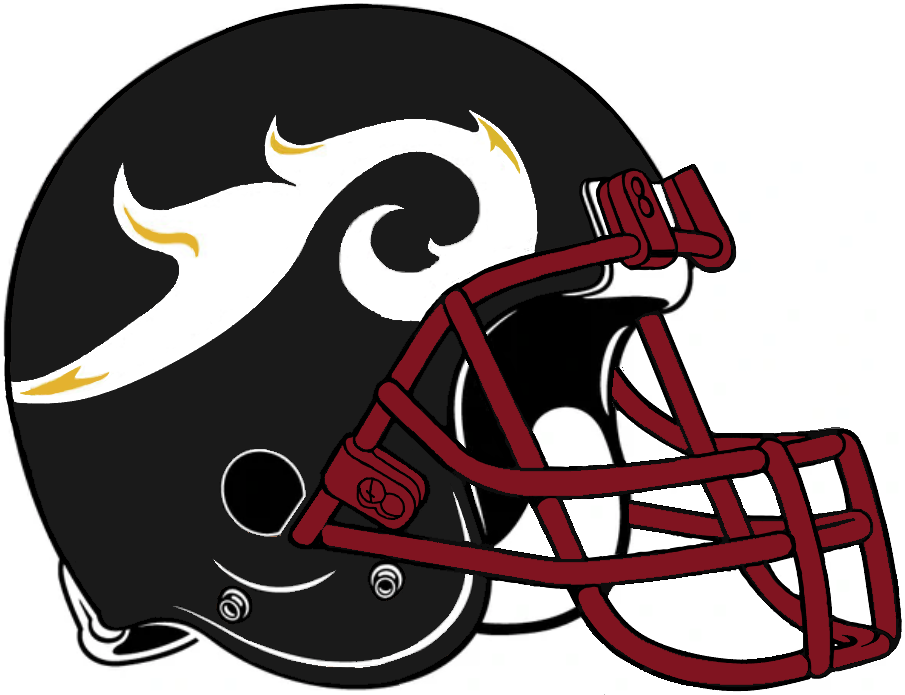
Rhein Fire
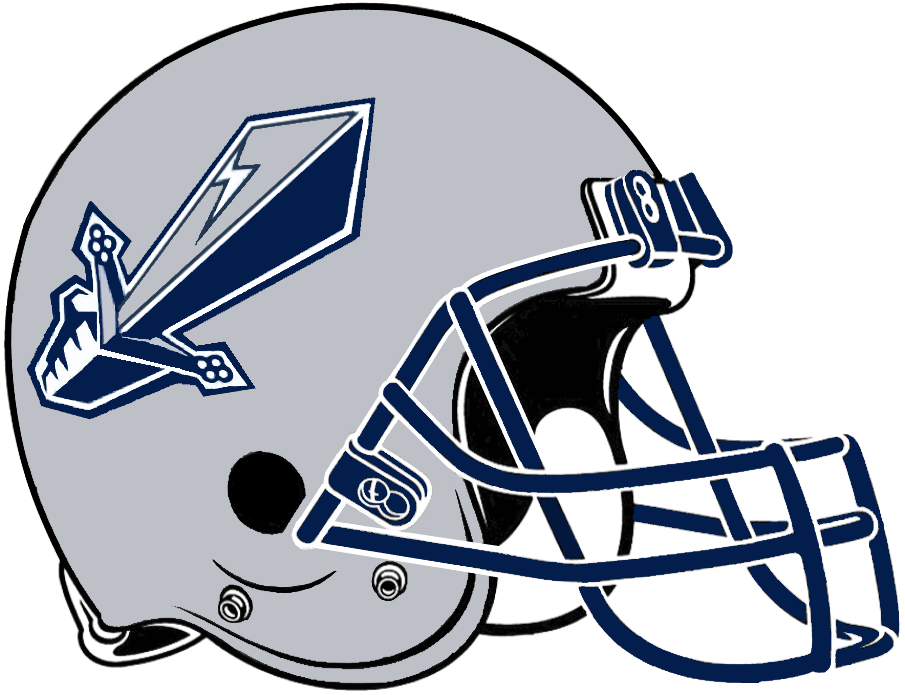
Scottish Claymores
**Under Construction**
